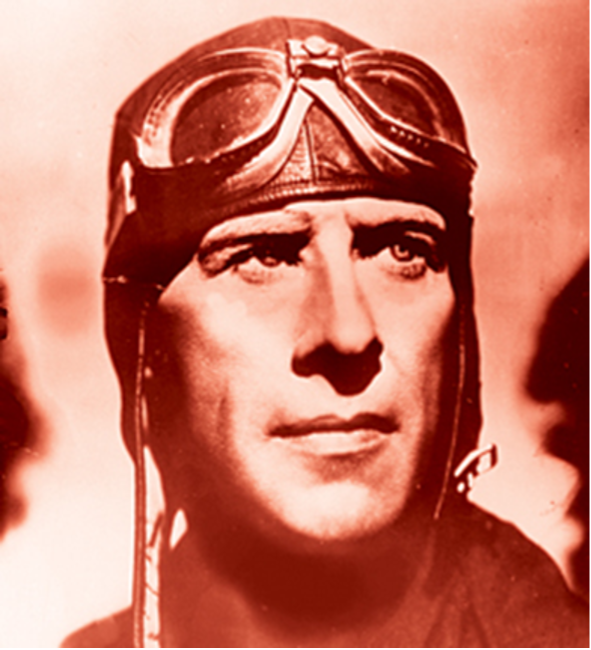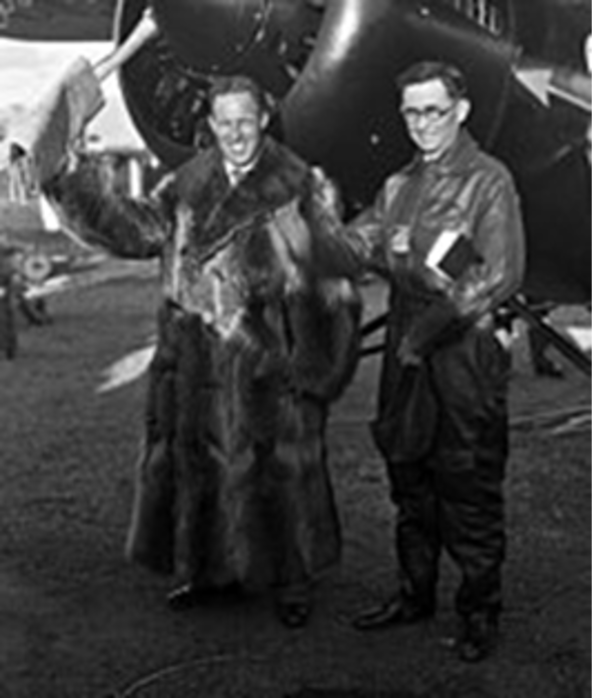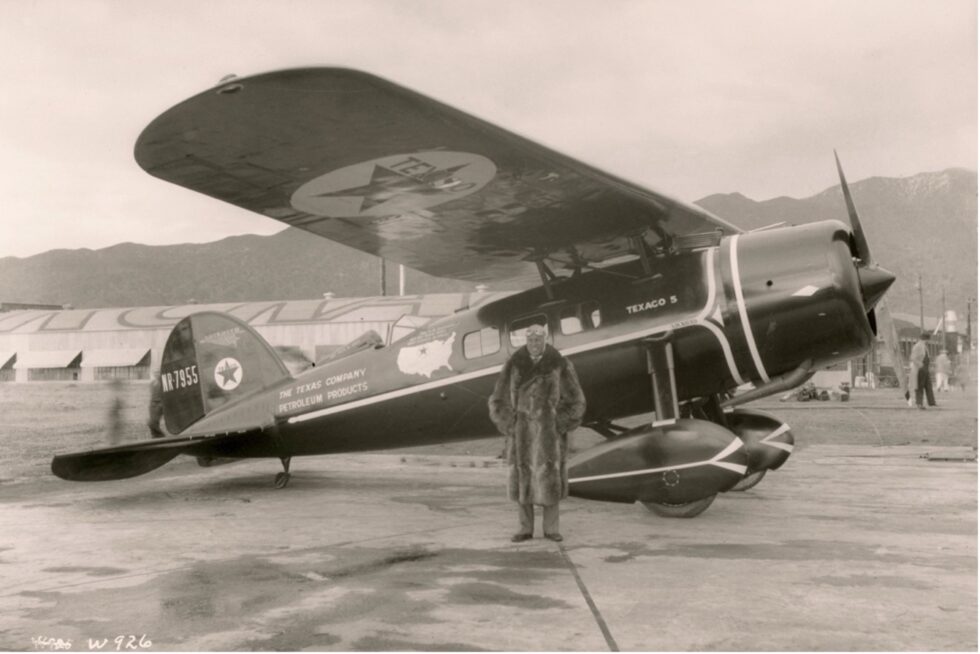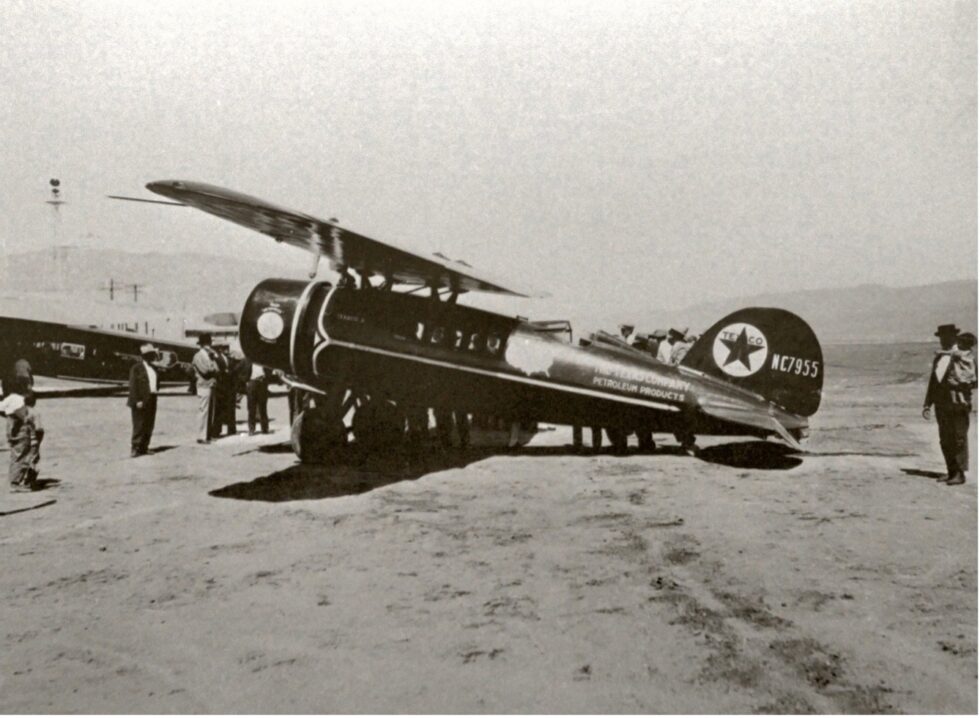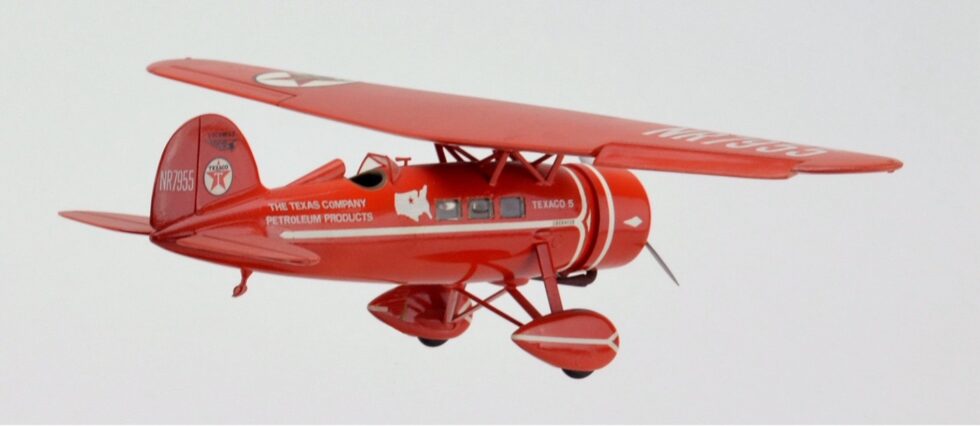Frank Hawks Texaco Lockheed 5-B Air Express
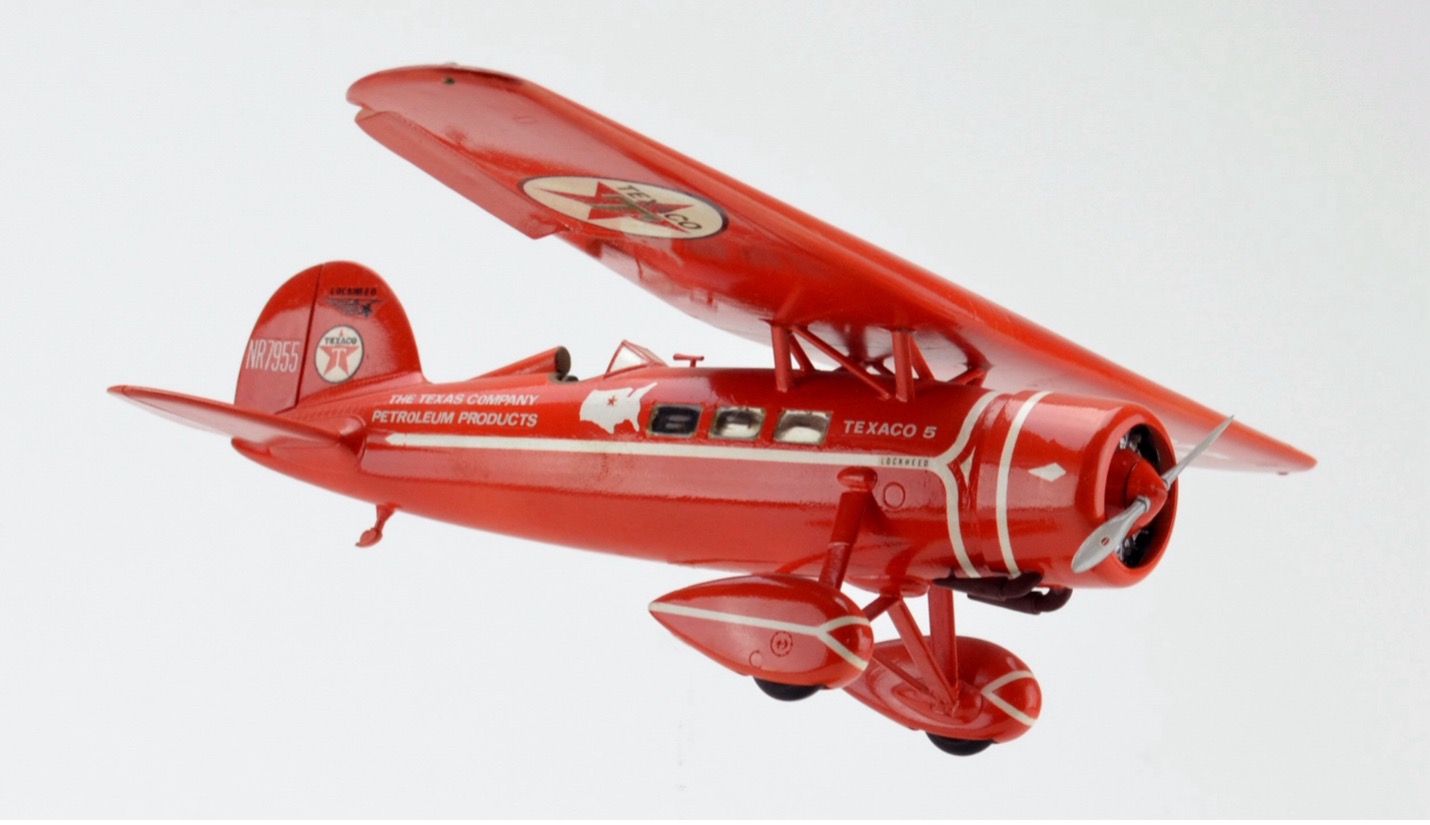
MODEL BY:
P.G. Spexarth
Model Scale:
1/48
MODEL ADDED:
3/25/1968
historical significance
First Albuquerque Visit: 1929
Additional Information:
The Lockheed Air Express was the second aircraft design to be created by the Lockheed Aircraft Company after its founding in 1927. The Air Express incorporated the original fuselage of the Lockheed 5-B Vega and first flew in April 1928.
Texaco Oil Company borrowed the brand new Air Express for Frank Hawks’ double transcontinental record flights.
Frank Hawks (1897-1938) gained his fame as a member of the Gates Flying Circus where he was part of the team that performed the world’s first inflight refueling in 1921.
In February of 1929, Hawks set out on a goodwill tour of the United States with the Air Express aircraft. He visited 175 cities, carried 7,200 passengers and did 56,000 miles of cross-country flying, all without a single mishap to the plane and passengers. An estimated 500,000 people came and saw his aircraft, Texaco One, resulting in a boost to the popularity of flying.
On February 4 1929, Hawks, with Oscar Grubb as his mechanic, started his year of record-breaking flights in the Lockheed Air Express (Pratt & Whitney Wasp) Texaco One, NC-7955, departing Burbank, California on a west to east nonstop flight to New York in 18 hours, 21 minutes. This cut 37 minutes from the record made for the 2,700-mile flight by Arthur Goebel and Harry Tucker in 1928.
Storms forced them to fly almost the entire distance above a floor of clouds. They lost sight of the ground over New Mexico and next saw what they believed to be West Virginia. Flying from 19,000 to 15,000 feet most of the way, it was a supreme test for their instruments, plane and navigating skill.
Not satisfied with this west to east record, Hawks took off from Roosevelt Field, on June 27, on a solo no-stop flight to Los Angeles. He landed on the west coast 19 hours, 10 minutes later, cutting five hours from the previous record made by C.B.D. Collyer and Harry Tucker in 1928. Turning his plane over to a ground crew, he rested for a few hours and returned to the field to take off for New York on another non-stop solo flight to break his own record and set a record for the round trip.
Captain Hawks roared out of the West to land in the floodlights of Roosevelt Field shortly after midnight, 17 hours, 38 minutes and 16 seconds, bettering his former record by more than 43 minutes and setting a new record for the round trip with one stop. The plane had been seen at Albuquerque, NM and St. Louis, MO., on its eastward flight. Captain Hawks stepped from the plane clad in the same white trousers he wore on the westward trip, admitted he was a bit tired but “by no means worn out.”
Capt. Roscoe Turner made a speedy trip from Los Angeles to New York with four passengers, August 22, in a Lockheed Vega (Wasp) monoplane, but failed to break Hawks’ record. Captain Turner made the trip to New York in 19 hours and 35 minutes. Making four stops on his return flight to Los Angeles, he completed the trip in 23 hours, 59 minutes and 42 seconds after a battle with fog and storm.
Charles Lindberg also flew this aircraft to search for the TAT “City of Los Angeles” which crashed on Mount Taylor near Grants NM.
The plane is seen here on its visit to Albuquerque in 1929.
Hawks with Oscar Grubb in 1929 before setting a transcontinental speed record
GALLERY:
SEARCH OUR DATABASE:

